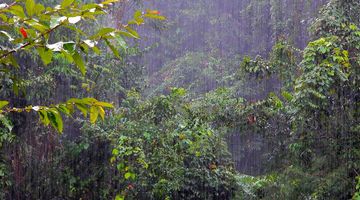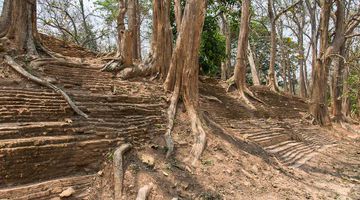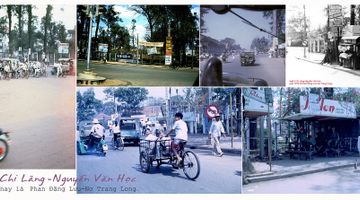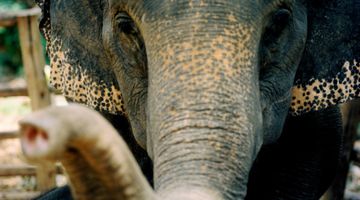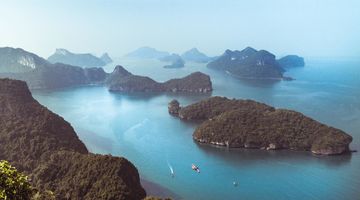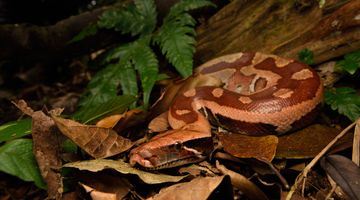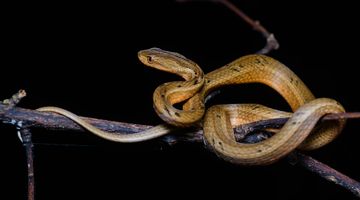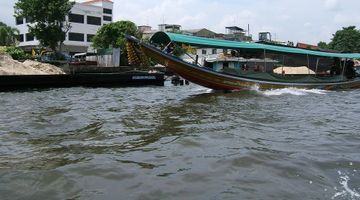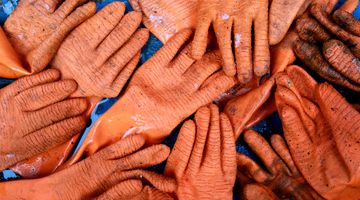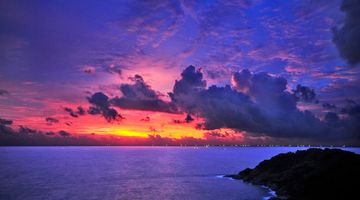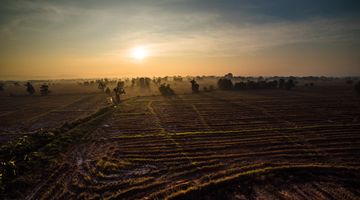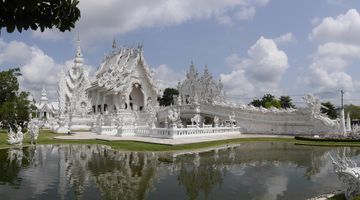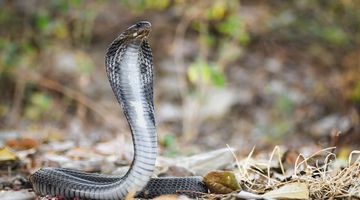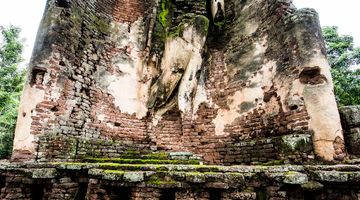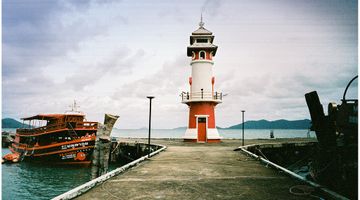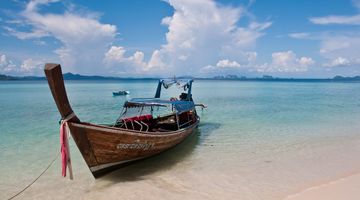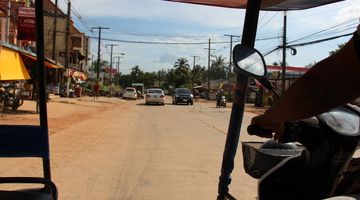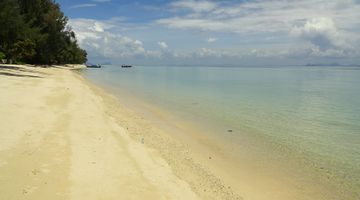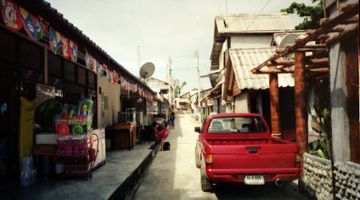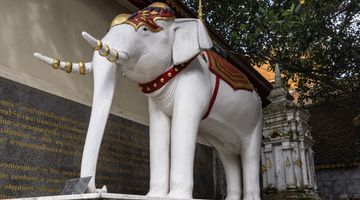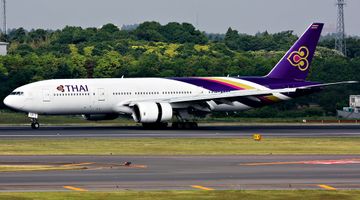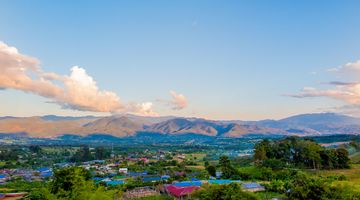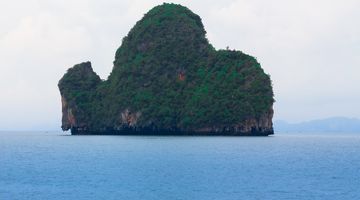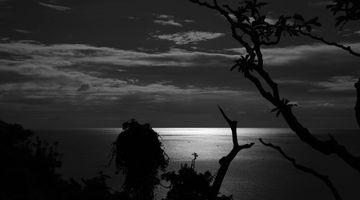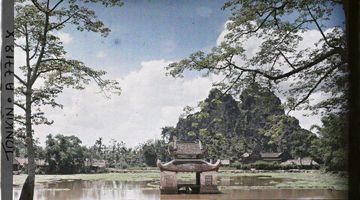Khao Yai Travel Guide
In a nutshell
Established in 1962, Khao Yai is the oldest national park in Thailand and is considered one of the best in South East Asia.
Why go to Khao Yai
Located mainly in Nakhon Ratchasima province, just three hour drive from Bangkok, it is part of Dong Phayayen-Khao Yai Forest Complex, a Unesco World Heritage Site covering a vast area from Khao Yai to the Cambodian border.
Thick jungle, green forests, mountains, waterfalls and rivers are the natural habitat for an incredible variety of wildlife; elephants, gibbons, macaques, Asiatic bears, sun bears, barking deer, 300 different species of birds (and the biggest colony of hornbills in Thailand), snakes and lizards are just a few of the animals which can be commonly seen while visiting the park.
For the first time after 15 years, in the beginning of 2017, camera traps confirmed that a breeding population of Indochinese tigers is still present in the Khao Yai.
The main entrance of the park is located on its northern edge, 20 km away from the small town of Pak Chong. A 60 km road with a lot of stops and viewpoints close to most interesting and scenic spots will drive you all the way down to the southern entrance. A single entry THB400 fee is imposed on the foreigner visitors (THB200 for kids) and the tickets remains valid for as long as you don’t exit the park. The park is open every day from 8am to 5pm.
More natural wonders, the best wineries in Thailand, a cave to admire hundreds of thousands of bats flying out at sunset and the relaxing atmosphere of a small Tuscan village are just some of the attractions outside the national park that you can visit in proximity of Pak Chong. The Khao Yai region can be a quick day trip from Bangkok or an epic several weeks adventure if you decide to fully appreciate everything it has to offer.
When to go to Khao Yai
The rainy season from May to October is when the nature is at its best but if you’re planning some serious trekking it is better to avoid these months, especially for beginners.
The cold season from November to February instead is perfect to hike and explore without sweating too much and without being bothered by leaches which are extremely common in the wet season. Keep in mind that at night the temperature can drop down quite significantly so keep a jumper in your bag.
March and April are the worst months to visit the park since everything is pretty dry and the waterfalls can suffer for the lack of water leaving many visitors quite disappointed. But if you’re a passionate bird watcher there’s no better time than Thai summer.
Regardless the season you choose to visit try to avoid weekends and especially public holidays as Khao Yai is one of the most popular destinations for the Thais escaping the capital and it will be way too busy during those days.
Where to stay in Khao Yai
Inside the park close to the visitor centre a few options are available ranging from campgrounds to simple fan cabins and bigger bungalows and lodges that can accommodate a whole family.
In the town of Pak Chong several guesthouses are the ideal solution for people on a budget. On the road from Pak Chong to the entrance of the park more guesthouses and some upmarket resorts are available.
Where to eat in Khao Yai
Many restaurants, cafes and stalls serving mainly Thai food can be found close to the visitor centre and in proximity to some of the major attractions in the park. Outside the northern entrance and on the road to Pak Chong several good restaurants are available. For those staying in Pak Chong a great night market comes alive every evening. Some good options can be found in town as well for those searching for western food.
How to get around Khao Yai
If you’re not a part of a tour group or an organized excursion, having your own means of transport is the only way to get the most of Khao Yai.
The visitor centre is located 10 km from the northern entrance and there’s no public transport to get there. Hitchhiking is the only option unless you want to walk all the way; people will be more than happy to give you a ride if they have enough room and park rangers at the entrance will try to find a lift for you. Once you’re at the visitor centre, a mountain bike can be rented for THB200 a day.
In Pak Chong you can rent a motorbike for THB300 a day or a car for THB1500 but you’ll need it only to visit the park since the town is small enough to walk around everywhere.
How to get to and from Khao Yai
The northern entrance of the park is located 25 km from Pak Chong. Public songthaews to the park depart from the city centre close to the train stations and will cost you THB40.
A private songthaew will charge you THB300 one way while if you want to hire one for the whole day it will be THB1500.
Train is the easiest way to get to Pak Chong. The train station in Pak Chong is conveniently located 5 minutes away from a big giraffe statue that marks the centre of the city. Several trains depart every day from Bangkok Hua Lamphong Station. The journey takes roughly 3 hours and fares differ depending on the class of the carriage, with the cheapest option being a third class ticket (THB60).
If after visiting Khao Yai you want to head further northeast to other Isaan provinces, several daily departures connects Pak Chong to Ubon Ratchathani, Khon Kaen, Nakhon Ratchasima, Udon Thani and Nong Khai.
From Bangkok’s Morchit bus terminal buses and minivans depart all day long from 4am to 8pm. Prices are more or less the same with all the operators (THB150) with buses generally being more comfortable and minivans a bit quicker. Funny enough they don’t stop at the bus station in Pak Chong but right in the city centre.
Pak Chong’s small bus station is located less than a km east of the giraffe statue and from there buses and minivans depart to Khorat (all day long, THB60) and Khon Kaen (THB180). For more destinations head to Khorat (Nakhon Ratchasima) from where you can travel almost everywhere in Thailand.
Is Khao Yai a safe place to visit?
While driving through the park keep in mind that animals can cross the road at any time. Depending on the size of the animal it might be dangerous for them, for you or for both.
There’s a speed limit of 60 km/hour throughout the whole park.
While trekking watch out for snakes and during the rainy season be careful since the ground might be extra slippery. Depending on the season leaches can be quite common but they’re just annoying and not dangerous; to minimize the problem buy leach socks at the park’s souvenir shop and wear long pants.
Don’t get too close to any of the animals you might encounter and don’t try to feed them; especially with elephants keep a safe distance all the time and if they’re crossing the road in front of you stop the car as far as possible.
For any minor accident the first aid centre is located 2 km south of the visitor centre while for anything more serious two hospitals are available in Pak Chong.
